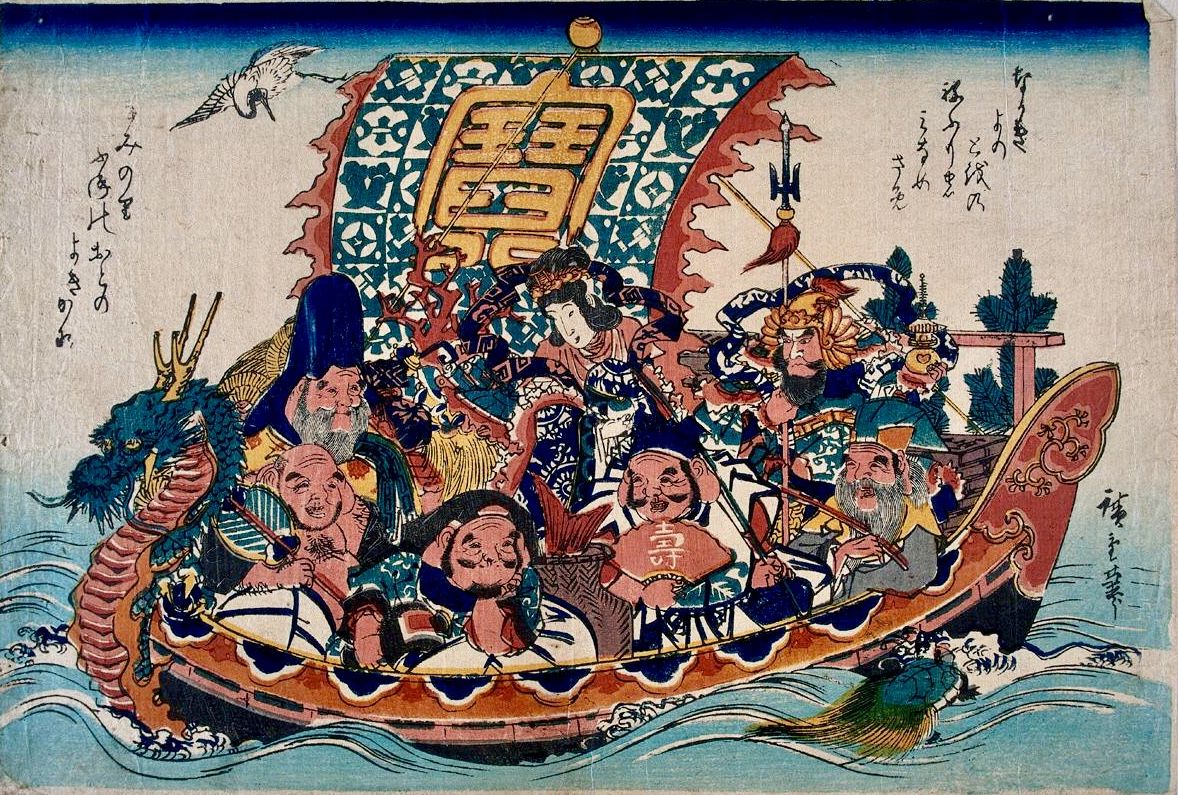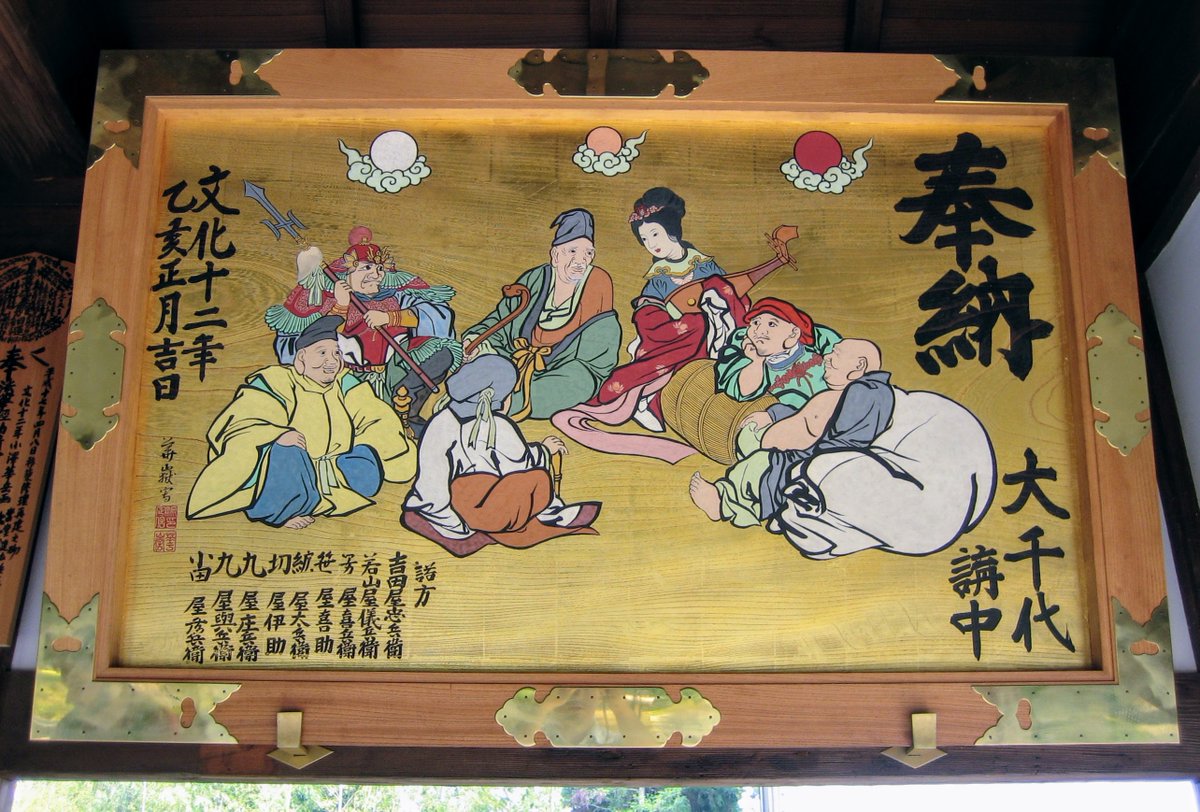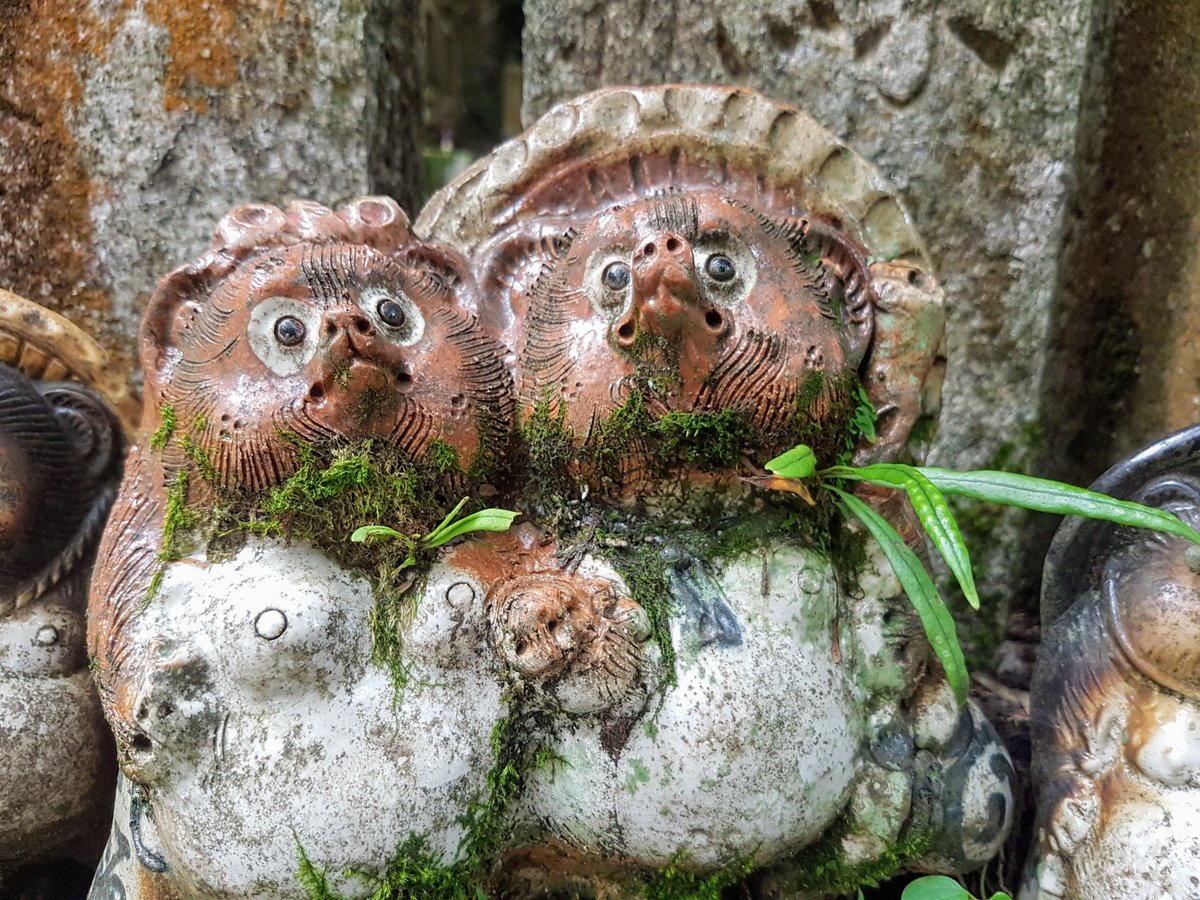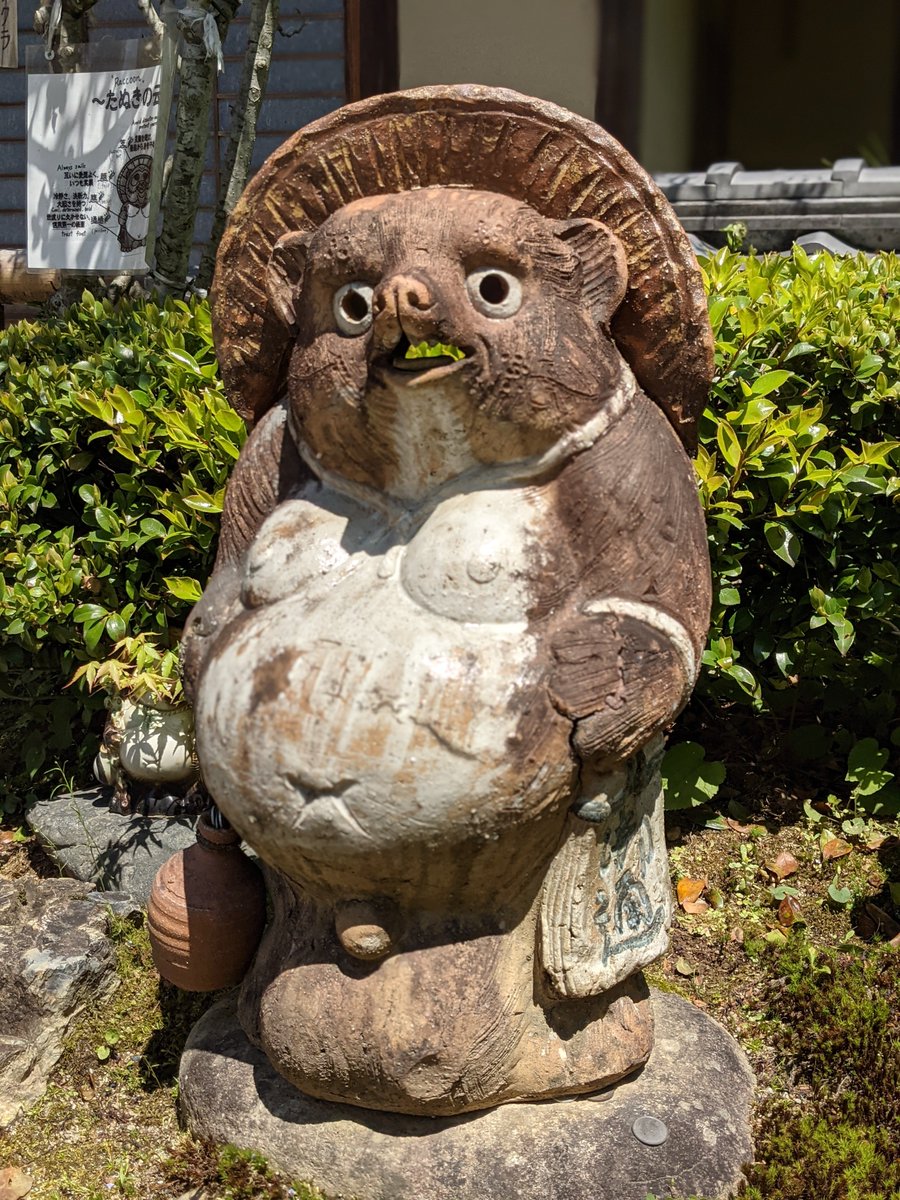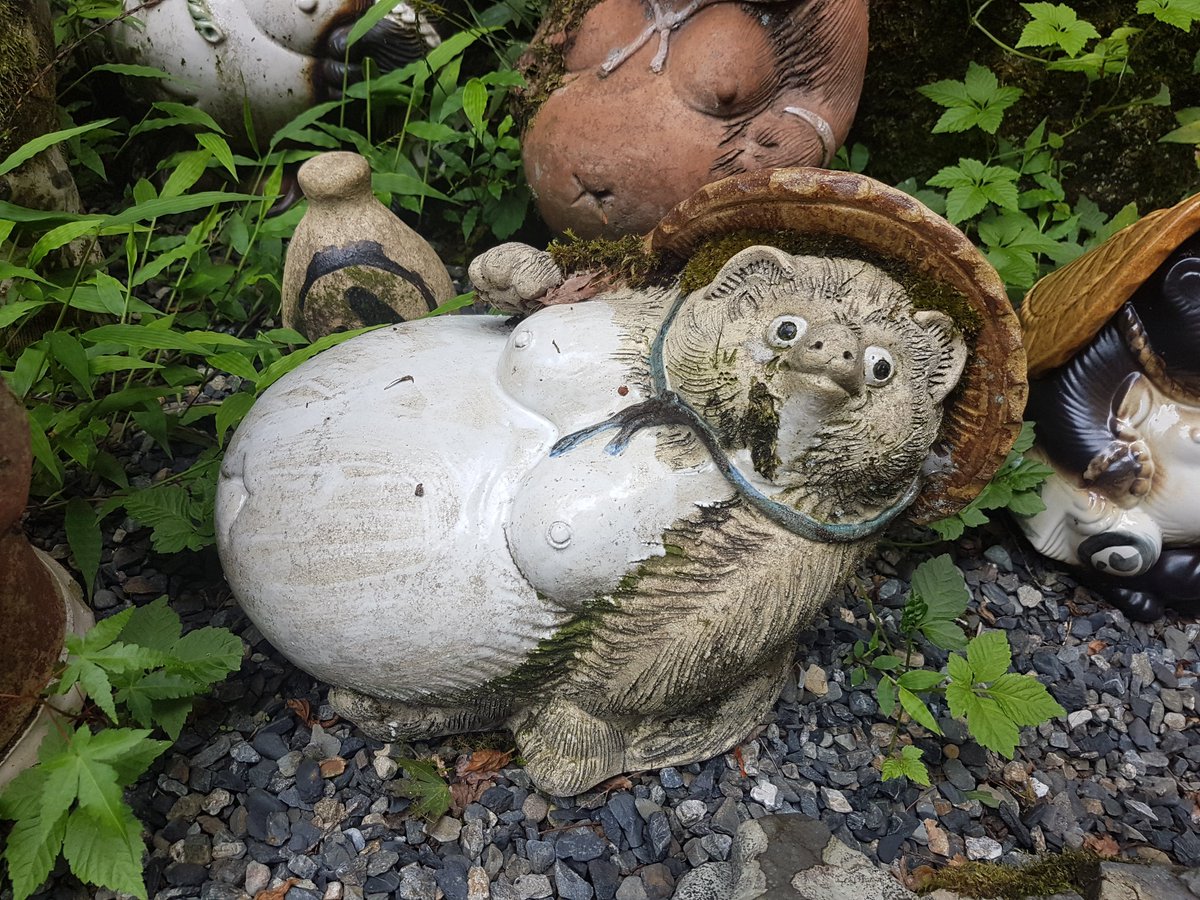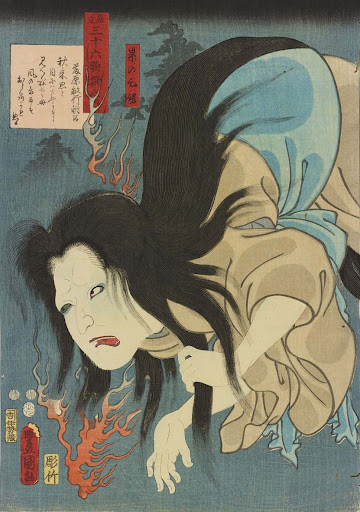
💸MARKET DAYS & MOUTH-WATERING MORSELS😋
evening gloom-
a fawn's spots
on the lily
夕闇やかのこ斑のゆりの花
-Issa (小林一茶), 1812.
Seiyō-san's (青洋) latest creation is a beautiful, lily-inspired sweet called 'sōryō' (爽涼), which simply means 'refreshing cool'.
#Japan #Kyoto



evening gloom-
a fawn's spots
on the lily
夕闇やかのこ斑のゆりの花
-Issa (小林一茶), 1812.
Seiyō-san's (青洋) latest creation is a beautiful, lily-inspired sweet called 'sōryō' (爽涼), which simply means 'refreshing cool'.
#Japan #Kyoto




The slightly watercolour quality of the sweet brings to mind Claude Monet's (1840–1926) 'Water Lilies'. Astonishingly, many of these paintings were created while Monet suffered from cataracts!
Do follow Seiyō-san (青洋) for a daily dose of delicious🙌
➡️instagram.com/wagashimisesei…



Do follow Seiyō-san (青洋) for a daily dose of delicious🙌
➡️instagram.com/wagashimisesei…




After a long hiatus the city's monthly markets are making a return in time for the summer holidays.
Kitano Tenmangū's (北野天満宮) 'Tenjin-san' (天神さん) is held on the 25th of each month. Hundreds of stalls surround the shrine, selling everything from antiques to vegetables😊
Kitano Tenmangū's (北野天満宮) 'Tenjin-san' (天神さん) is held on the 25th of each month. Hundreds of stalls surround the shrine, selling everything from antiques to vegetables😊
Nao-san snagged herself a few treasures, including this unusual looking fan. 'Chidori-uchiwa' (千鳥うちわ) are named after the 'plover' (千鳥), a popular Kyōto motif. Originally used at court during the Nanboku-chō period (南北朝時代), by Edo times the fan was in common use. 







Despite the oven-like heat, there is something irresistible about street food.
Takoyaki (たこ焼き) is a staple of festivals and markets. Diced octopus, tempura scraps, pickled ginger & green onions are baked in batter, formed into balls, and served with sauce, mayo & garnish😋
Takoyaki (たこ焼き) is a staple of festivals and markets. Diced octopus, tempura scraps, pickled ginger & green onions are baked in batter, formed into balls, and served with sauce, mayo & garnish😋
Each month a handful of temples & shrines across the city hold flea/handicraft markets and antique fairs.
Of these Tō-ji's 'Kōbō-san' (named after Kōbō Daishi 弘法大師 774-835) & Kitano Tenmangū's 'Tenjin-san' (named after Sugawara-no-Michizane 菅原道真 845-903) are the largest.



Of these Tō-ji's 'Kōbō-san' (named after Kōbō Daishi 弘法大師 774-835) & Kitano Tenmangū's 'Tenjin-san' (named after Sugawara-no-Michizane 菅原道真 845-903) are the largest.




Monthly Markets📆
📿1st Sunday- 'Garakuta-ichi' (がらくた市-antiques) Tō-ji.
📿15th- 'Tezukuri-ichi' (手づくり市-handicrafts) Hyakumanben Chion-ji.
📿21st- 'Kōbō-san' (弘法さん) Tō-ji.
⛩️25th- 'Tenjin-san' (天神さん) Kitano Tenmangū.
⛩️4th Sunday- 'Tezukuri-ichi' Kamigamo-jinja.



📿1st Sunday- 'Garakuta-ichi' (がらくた市-antiques) Tō-ji.
📿15th- 'Tezukuri-ichi' (手づくり市-handicrafts) Hyakumanben Chion-ji.
📿21st- 'Kōbō-san' (弘法さん) Tō-ji.
⛩️25th- 'Tenjin-san' (天神さん) Kitano Tenmangū.
⛩️4th Sunday- 'Tezukuri-ichi' Kamigamo-jinja.

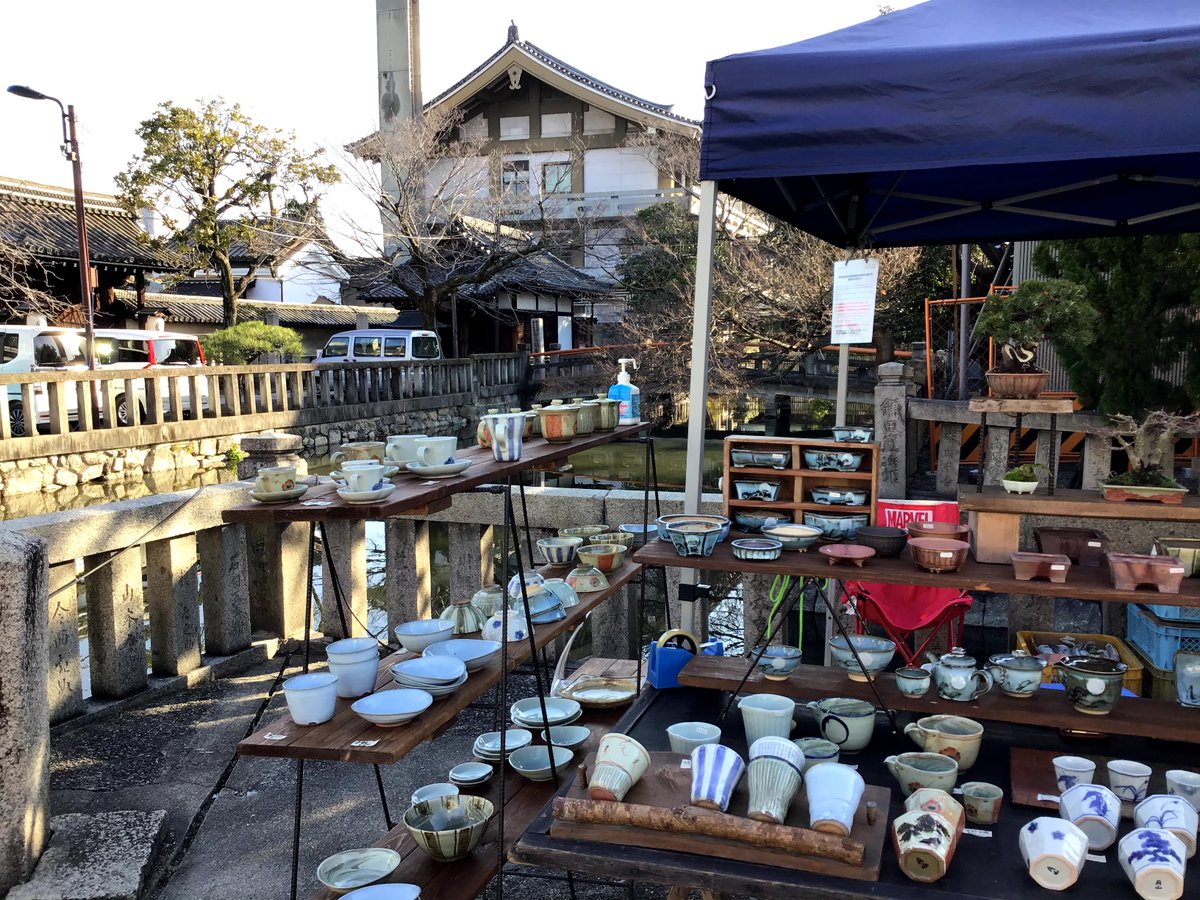

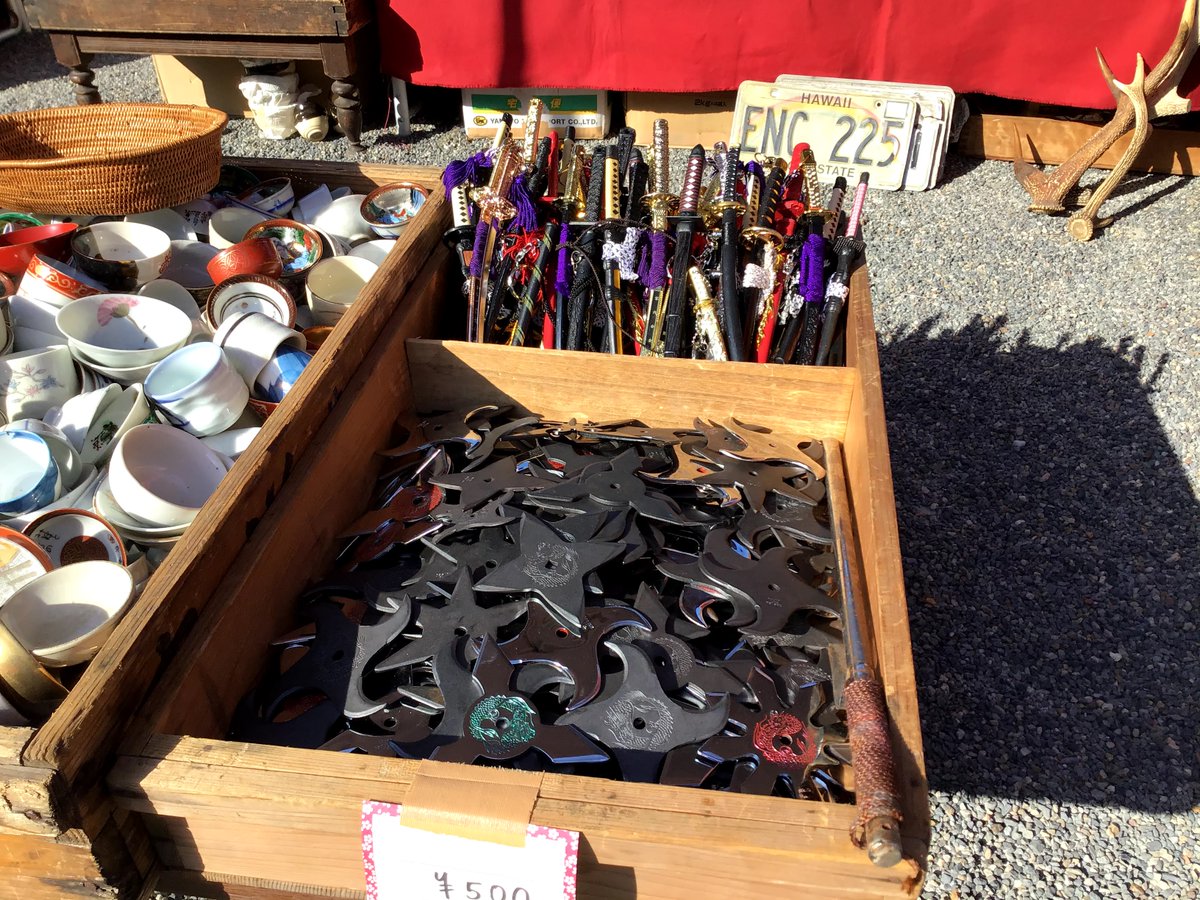
Aside from the more famous markets, smaller fairs are held regularly.
📢this is a rough guide🚨
🏞️Regular- Okazaki Park Market (岡崎公園)
⛩️8th- 'Omoshiro-ichi' (おもしろ市) Toyokuni-jinja (豊国神社)-flea
📿12th- Myōren-ji (妙蓮寺)-flea
⛩️18th- Toyokuni-jinja (豊国神社)-flea



📢this is a rough guide🚨
🏞️Regular- Okazaki Park Market (岡崎公園)
⛩️8th- 'Omoshiro-ichi' (おもしろ市) Toyokuni-jinja (豊国神社)-flea
📿12th- Myōren-ji (妙蓮寺)-flea
⛩️18th- Toyokuni-jinja (豊国神社)-flea




The most important markets of the year fall just before and just after the New Year.
The January markets at Tō-ji and Kitano Tenmangū are known as 'Hatsu Kōbō' (初弘法) and 'Hatsu Tenjin' (初天神).
'Hatsu' (初) means 'first'. You hear this word a lot around the New Year.
#Kyoto



The January markets at Tō-ji and Kitano Tenmangū are known as 'Hatsu Kōbō' (初弘法) and 'Hatsu Tenjin' (初天神).
'Hatsu' (初) means 'first'. You hear this word a lot around the New Year.
#Kyoto




• • •
Missing some Tweet in this thread? You can try to
force a refresh





